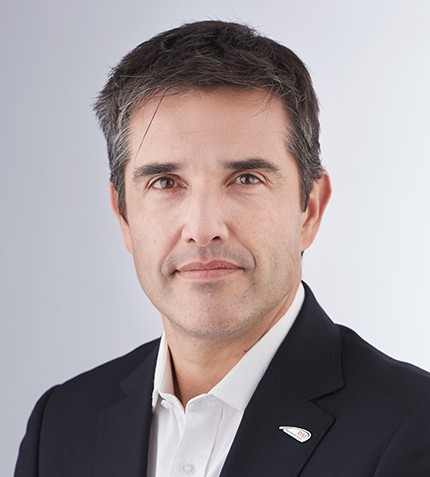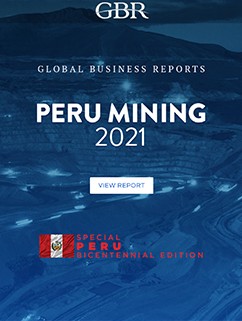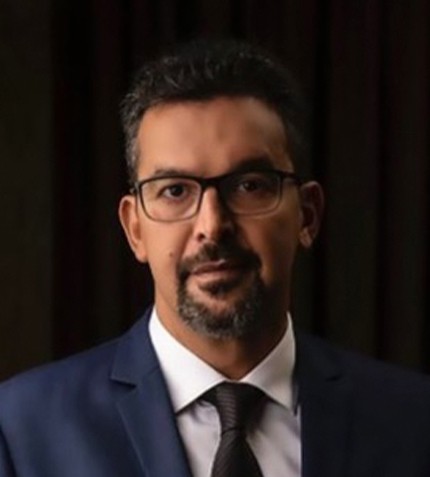
"We will still be able to make our own decisions, but now have the weight of a big OEM behind us to develop products, services and technologies more thoroughly, favoring our customers."
RELATED PUBLICATION
ARTICLES FROM THIS PUBLICATION
Carlos Leigh
REGIONAL CEO – LATIN AMERICA, DSI UNDERGROUND
In December 2020, Triton announced it would sell DSI Underground to Sandvik. When will this deal close, and what will this mean for DSI’s operations in Latin America?
We expect the deal to close early in the second half of 2021. DSI will then be part of Sandvik Mining and Rock Technology. The integration plan is already in place, but it will take some time to properly incorporate the business and we will probably not see any important changes in our structure and the way in which we do business in the short term. We will maintain our operational and commercial activities which has made DSI a leader in the Latin American market. Sandvik is a strong global entity that we are proud to be a part of and allows for new synergies, opportunities and expectations for both our business and our people. We will still be able to make our own decisions, but now have the weight of a big OEM behind us to develop products, services and technologies more thoroughly, favoring our customers.
In March 2021, DSI Underground acquired the training and VR company Edvirt. Can you elaborate on this transaction?
Edvirt is a global leader in technologies and software related to training, which benefits our work in developing intelligence. Through virtual training platforms, we can create cost and time saving opportunities for customers. Edvirt is creating the software and hardware to proceed on a new path of virtual training.
What progress has been made regarding the DSI Underground Ventilation Systems JV, and what are the benefits on this product line?
Tremendous progress has been made and the reception of this product line has been incredible, even more than we expected when we started the project. We feel that we have the responsibility to offer our customers the best quality products and services at the best possible prices, and we have achieved it through DSI Underground Ventilation Systems. We are the only company in the region producing fabrics (main raw material) specifically for the mining industry, which has given us a higher quality of raw material to work with. This, combined with the best design and the best people, results in a very good quality finished product.
How do you see demand for ventilation systems being impacted by all-electric mines?
Ventilation is not just about the way in which we inflow air to compensate for the use of diesel in a mine. The main purpose is to maintain ventilation and speed up the cycles after the burst, and this will not change with the incorporation of electrical machinery. There might be a reduction of fan diameter and pressure, but ventilation will always be necessary.
To what extent has the rising price of steel impacted DSI’s manufacturing?
We could not forecast the tremendous increase of this raw material and it has impacted all areas of our business. It has been a challenge, but we are handling the situation very well, not affecting our customers in the way to solve it. There has been a lack of steel production capabilities globally, but we are experienced at managing our raw materials with a focus on ensuring production and any impact on customers is kept to an absolute minimum. Here, of course, we are helped by our strong locally focused structure with over 20 local production sites worldwide.
Considering the need for remote work during the pandemic, have you seen the digital side of DSI’s business gain traction?
DSI considers itself an innovation company focused on digitalization, which is an important part of our progress and vision for the future. We are starting to see the digitization trend taking form in our Latin American operations, most notably with the WMS (Warehouse Management System) that will be installed in our Chilean plant soon. The WMS allows us to structure inventory in a much better way, offering full traceability from mill to mine for our customers.











